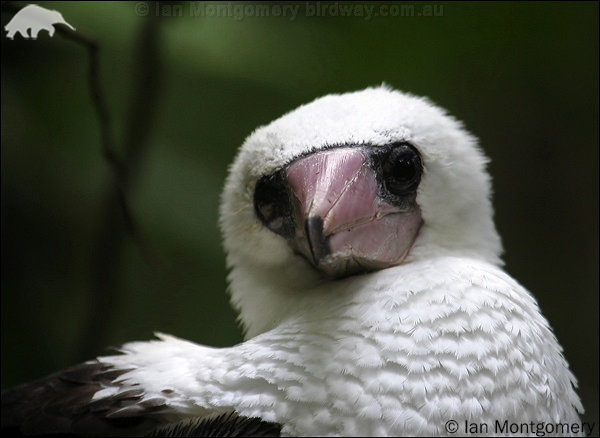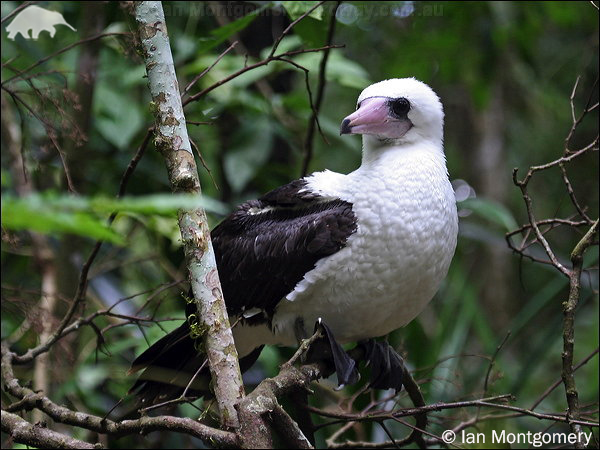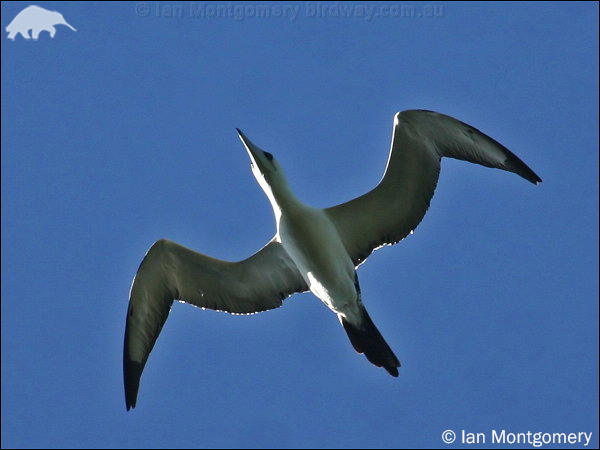About
The Abbott’s Booby has a unique breeding biology, behaviour and bone structure that sets it apart from the six other booby species.
One of these physiological differences is its slightly hooked bill, which as a serrated cutting edge. Their breeding cycle is drastically longer than other booby species, lasting 15-18 months, and taking juveniles 8 years to become sexually mature. Being distinct from the other six booby species, the Abbott’s booby is in its own monotypic genus, Papasula. Once widespread throughout the Indian and Pacific Oceans, this endangered species is now restricted to a breeding colony on Christmas Island, an Australian territory located in the eastern Indian Ocean. Unfortunately, this unique booby is threatened by a large number of factors, not least of which is the yellow crazy ant. This invasive ant species causes havoc with the island’s ecology, killing red crabs that play a key role in soil fertilization and turnover. Much of the booby’s forest habitat has been cleared for the mining of phosphate. The species is also threatened by wind turbulence, marine pollution, overfishing, harvesting and invasive exotic plants.
- Order: Suliformes
- Family: Sulidae
- Population: 9,000
- Trend: stable
- Size: 79 cm
- Weight: 1.4-1.6kg
EDGE Score
Distribution
Their breeding and roosting sites are restricted to the western, central, southern and norther parts of Christmas Island, an Australian territory.
Habitat and Ecology
The Abbott’s Booby are pelagic, spending most of their time out on the open sea. They roost and breed in tall rainforest, between 20-40 m above sea level, on Christmas Island. They feed on squid and flying fish by ‘plunge-diving’ into the ocean. The breeding cycle takes 15-18 months, such that successful pairs will only nest once every two years. A single egg is laid per clutch, typically between May and July. Both parents take turns to incubate the egg during a 57-day period, which is significantly longer than for other members of the Sulidae family. Juveniles reach sexual maturity at eight years of age. The average lifespan for this species is assumed to be around 40 years.


